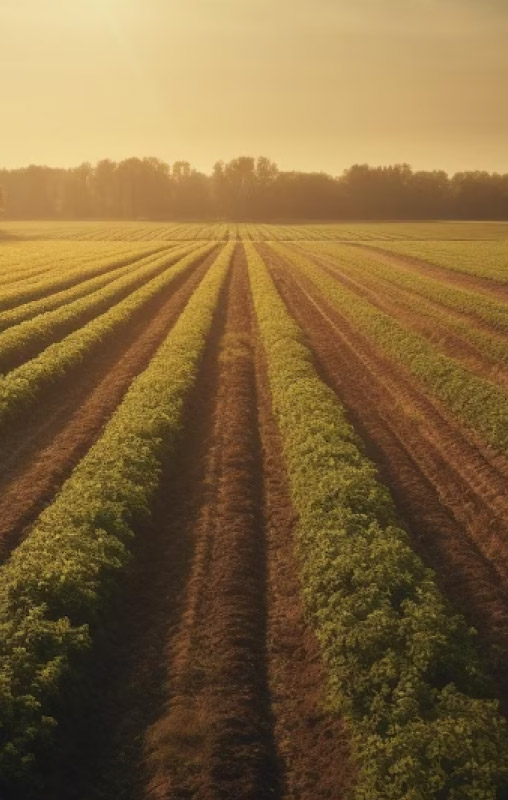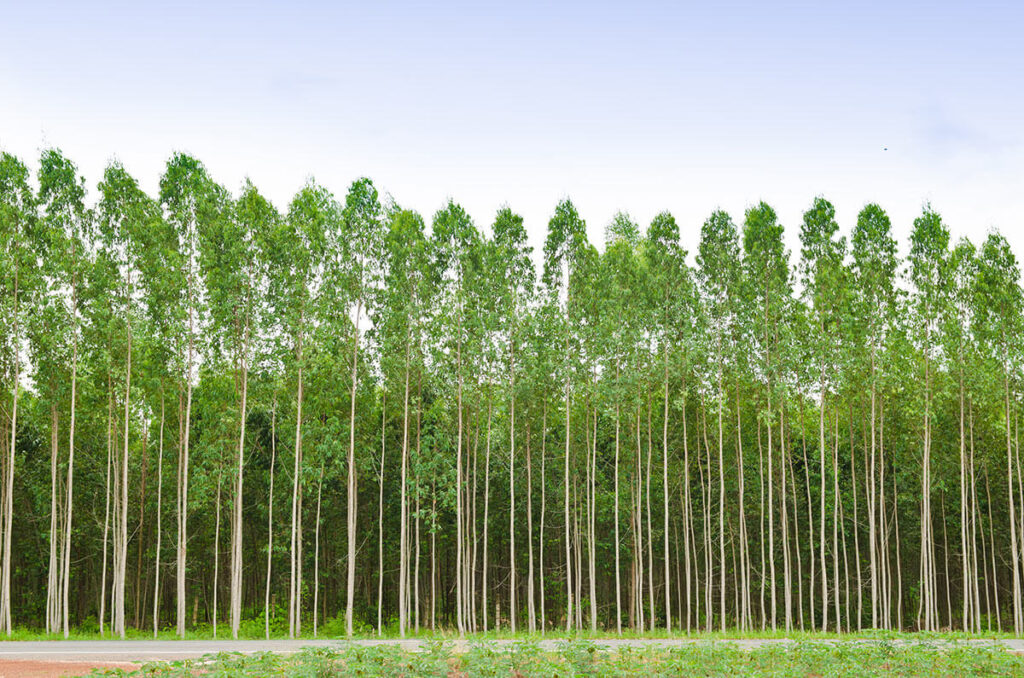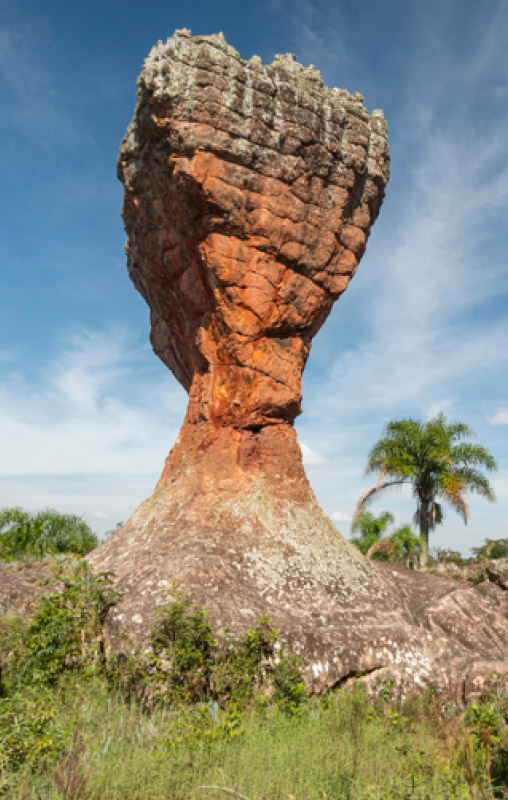3rd most competitive state in Brazil according to the State Competitiveness Ranking.
US$54 billion in private investments in the state since 2019, of which US$7.6 billion came through the Paraná Competitivo Program.
Why Paraná?
Map of Paraná’s location in Brazil and in relation to Mercosur

3rd most competitive state in Brazil according to the State Competitiveness Ranking.
US$54 billion in private investments in the state since 2019, of which US$7.6 billion came through the Paraná Competitivo Program.
In 2025, Paraná took an average of 8 hours and 57 minutes to issue a new business registration (CNPJ). This places the state among the fastest in Brazil for starting new businesses. In 2024, Paraná recorded a net total of 303,048 new companies established.
It was the 3rd state that created the most jobs between January and November 2024, with 167,000 new positions.
Access to a GDP of US$8.5 trillion and 295 million Mercosur consumers.
Two ports and open sea access to three other ports and interports.
A 1-hour flight from the country’s main commercial center.
Responsible for 14% of Brazil’s production of cars, trucks and vans.
7 global brands with factories in the state: Audi, Caterpillar, Case New Holland, DAF Paccar, Renault, Volkswagen and Volvo.
21,173 km of paved roads
2,400 km of railroads
Paraná Waterway: 1,023 km of the Paraná River, with an average width of 120 m.
Best Education in Brazil: In 2024, Paraná ranked first in the Ideb (Basic Education Development Index), the main indicator of education quality in Brazil. The state consolidated its leadership by achieving the best education in the country at the high school level and in elementary education, both in the early and final years.
32 municipalities with campi of the seven universities maintained by the state government.
For the second consecutive year, Paraná was recognized as the most innovative and sustainable state in Brazil, according to the Bright Cities consultancy ranking.
2nd place in the United Nations Sustainable Development Goals (SDG) Ranking
2nd place in the ESG Ranking
(According to the State Competitiveness Ranking).
In 2024, Paraná led Brazil’s animal protein exports.
The state accounted for 25.5% of the total volume of the country’s three main meats: beef, pork, and chicken (totaling 2.387 million tons).
Paraná also represented 17.9% of Brazil’s total export revenue from these products in 2024.
#1 in Chicken Exports in Brazil
With 2.171 million tons exported in 2024, Paraná was responsible for about 35% of Brazil’s total chicken meat exports, generating US$4 billion in revenue.
2nd Largest Pork Exporter
In 2024, the state exported 183.6 thousand tons, equivalent to 22% of Brazil’s total pork exports, generating US$423.6 million in revenue.
Leader in Tilapia Exports
Paraná ranked first among Brazilian states in tilapia exports, with 7.6 thousand tons exported (70% of Brazil’s total), generating US$34.6 million in revenue.
Network with a capacity of 400 GBPS and 40 channels of 10 GBPS.
Including Foz do Iguaçu International Airport and Afonso Pena International Airport, voted the 4th best airport in the world for passenger experience according to the AirHelp Score 2022 ranking.
Paraná has the greatest agricultural potential in Brazil, according to the IBGE (Brazilian Institute of Geography and Statistics), 2022.
Leading Producer of Animal Protein in Brazil
Leader in national chicken meat production: responsible for 35.1% of the country’s total in 2024.
Second-largest pork producer: accounting for 21.9% of Brazil’s total production in 2024.
In egg production, Paraná also maintains second place, with a 9.8% share of the Brazilian market in 2024.
National leader in organic food production, with 3,911 certified organic producers, Paraná has the largest number in Brazil, representing approximately 16% of all organic farmers in the country.
Paraná is also the largest producer in Brazil of beans, yerba mate, barley, silk thread, and tilapia.
The state’s three main crops are soybeans, corn, and wheat.
Paraná is home to Itaipu Binacional, the largest producer of clean and renewable energy in the world, and to Copel (Companhia Paranaense de Energia), recognized by consumers as the best energy distributor in Brazil.
Sanepar (Paraná Sanitation Company) serves over 11 million residents in Paraná with water supply and sanitation services.
Water distribution network: over 62,000 km.
Water treatment plants: 168.
Sewage treatment stations: 265, most equipped with anaerobic reactors, the largest park of its kind in the world.
100% of collected sewage treated.
Sewage collection network: over 43,000 km.
Sewage processed annually: 476 billion liters.
Largest number of biogas production plants in Southern Brazil: 159.
The Ports of Paraná are a port complex composed of the Ports of Paranaguá and Antonina.
The administration operates as a state-owned public company, under the State Secretariat of Infrastructure and Logistics, with a delegation agreement with the Federal Government.
The Port of Paranaguá is the largest grain port in Latin America.
It is the second-largest port in Brazil in container traffic, handling over 1.1 million containers in 2022.
√ PRIVILEGED LOCATION IN A PROTECTED BAY
√ LARGEST POULTRY EXPORT CORRIDOR IN THE WORLD
The Paranaguá Container Terminal (TCP) is one of the largest container terminals in South America, offering a wide range of maritime and integrated logistics services.
Largest reefer (refrigerated container) structure in South America.
The only terminal in southern Brazil with a railway branch inside the customs zone, connecting Brazilian and Paraguayan exporters to the port. One in every five containers exported through Paranaguá uses the railway.
Compagas (Paraná Gas Company) is the concessionaire for piped gas distribution in the state of Paraná.
Its operations are primarily focused on the city of Curitiba and the Metropolitan Region, as well as the Campos Gerais region.
32 municipalities host campuses of state-run universities:
State Universities of Londrina (UEL), Maringá (UEM), Ponta Grossa (UEPG), Western Paraná (Unioeste), Central-West (Unicentro), Northern Paraná (UENP), and Paraná (Unespar).
191 Higher Education Institutions
77 municipalities with colleges or universities
13 campuses of the Federal Technological University of Paraná (UTFPR)
33 technology incubators in 15 cities
Professional education institutions in 186 municipalities
Over 687,000 students in higher education
Over 123,000 students in technical and professional education
Best Education in Brazil
In 2024, Paraná ranked first in the Ideb (Basic Education Development Index), the main indicator of education quality in Brazil. The state consolidated its leadership by achieving the best education in the country in both high school and elementary education, covering early and final years.
Paraná received the Gold Medal of the National Seal “Commitment to Literacy 2024”, promoted by the Ministry of Education (MEC). This initiative is part of the National Commitment to Literacy Program, recognizing state, municipal, and district education departments for excellence in implementing educational policies. In addition to the state, 227 Paraná municipalities were awarded the Gold Seal, 66 the Silver Seal, and 20 the Bronze Seal.
In 2025, Paraná received a record amount from the main federal education fund. The state will receive over R$ 530 million (US$ 95.4 million) from the Student-Year Value Result (VAA-R) of the Fund for Maintenance and Development of Basic Education and Valorization of Education Professionals (Fundeb). This largest federal transfer in Brazil reflects, among other factors, the state’s leadership in the Ideb.




